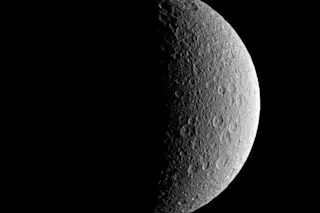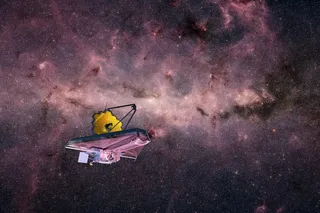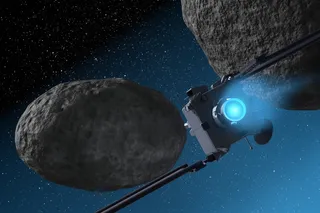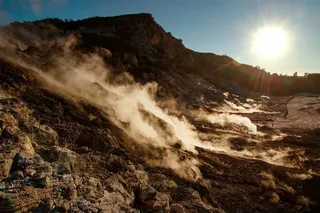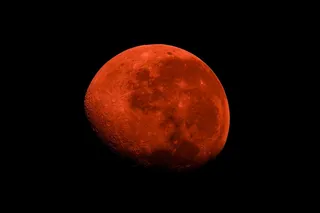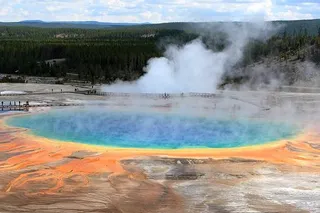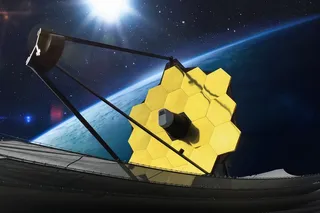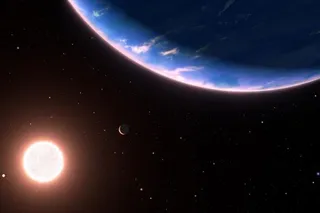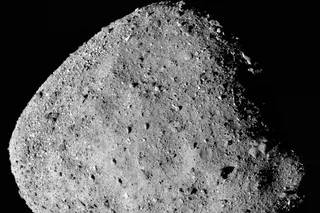When the news comes from Saturn's moons, the source is typically Titan—with its hazy atmosphere and frigid surface lakes of methane—or Enceladus—with its plumes of water ice. Last week, however, word came that Rhea, the second-largest Saturnian satellite, has some surprises of its own. In Friday's edition of Science, a study by Ben Teolis and colleagues confirmed that during a pass of the moon in March, when the ever-reliable Cassini spacecraft cruised over Rhea's pole at an altitude of just 60 miles, it directly sampled tiny amounts of oxygen and carbon dioxide there.
"This really is the first time that we've seen oxygen directly in the atmosphere of another world," said Andrew Coates, at UCL's Mullard Space Science Laboratory, a co-author of the study. [The Guardian]
Other atmospheres known to exist throughout the solar system, like that of Titan as well as Jupiter's moons
Europa and Ganymede, were discovered and ...


